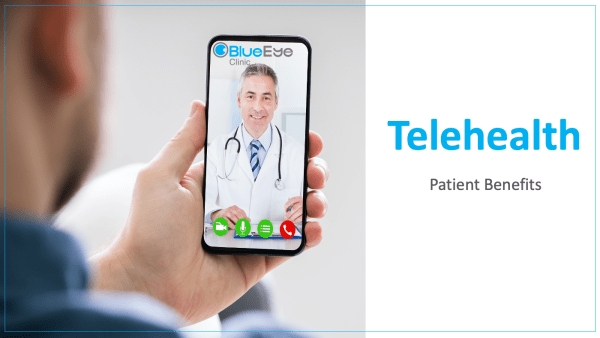Making it easier for patients to use Telehealth consultations
Video consultation offers many benefits for the patients
There are many reasons patients want to use teleconsultations…and many reasons why they do not want to or cannot.
Lack of access to technology, to broadband internet and network data can be barriers to patients using telehealth. Even with access to technology, some patients do not have the skills needed to use online technologies and mobile devices. Some patients simply prefer face to face consultations. And online consultations are not always suitable for first time appointments or for follow ups.
Teleconsultations can however work well in certain specialities such as Physiotherapy, Speech and Language Therapy, Occupational Therapy and Mental Health among others, where talking is the key part of the therapy.
Many patients used video connection for healthcare the first time during the Covid pandemic. According to a Siemens Healthineer white paper, virtual medical visits means increased flexibility for patients, can reduce no-shows, increased treatment persistence and better outcomes as a result. It also gives clinicians new ways to deliver healthcare. The benefits of telehealth consultations for patients are manifold:
- Saves on transportation time/costs. The patient saves money on transport and parking without risk of traffic delays.
- Reduces carbon There is a societal benefit of reducing carbon footprint by reducing travel which means a better environment for all.
- Saves on time off work. The patient can schedule a visit during a break, or before or after work, as long as there is adequate privacy.
- Saves on childcare or elderly care. The patient can continue to care for loved ones while seeing the therapist online.
- Treat a broad array of ailments. Not every condition can be treated online but many can.
- Access Specialists. The patient can access medical expertise while avoiding long distances.
- Avoid exposure. Viruses can spread in waiting rooms – avoided in teleconsultation.
- Less waiting time. The patient can continue work while waiting for a video call to start.
- Better self-care. Convenient appointments means the patient can manage appointments and chronic conditions better.
Now that the pandemic has abated to some degree, there is an opportunity to make the most of these benefits and continue to have multiple ways to deliver healthcare. Many healthcare providers are adopting telehealth to provide the patient with options for care. To do this the patient needs to be informed of the options on face to face or virtual appointments, needs to understand what can/cannot be achieved during a telehealth consultation.
The healthcare provider should supply a video consultation platform that is reliable and secure. The video calls should connect easily and reliably. The servers that transmit the video data should be held locally, near where the patient is based, for added security. The platform should be easy to use for the patient, ideally no app to download, just a case of receiving the appointment and clicking the link to access the online appointment.
BlueEye Clinic is very easy to use, requires no app download or account creation by patients to join a video call and supports multiple device types. Here is a video on how easy it is for the patients to connect with their clinicians via BlueEye Clinic.


